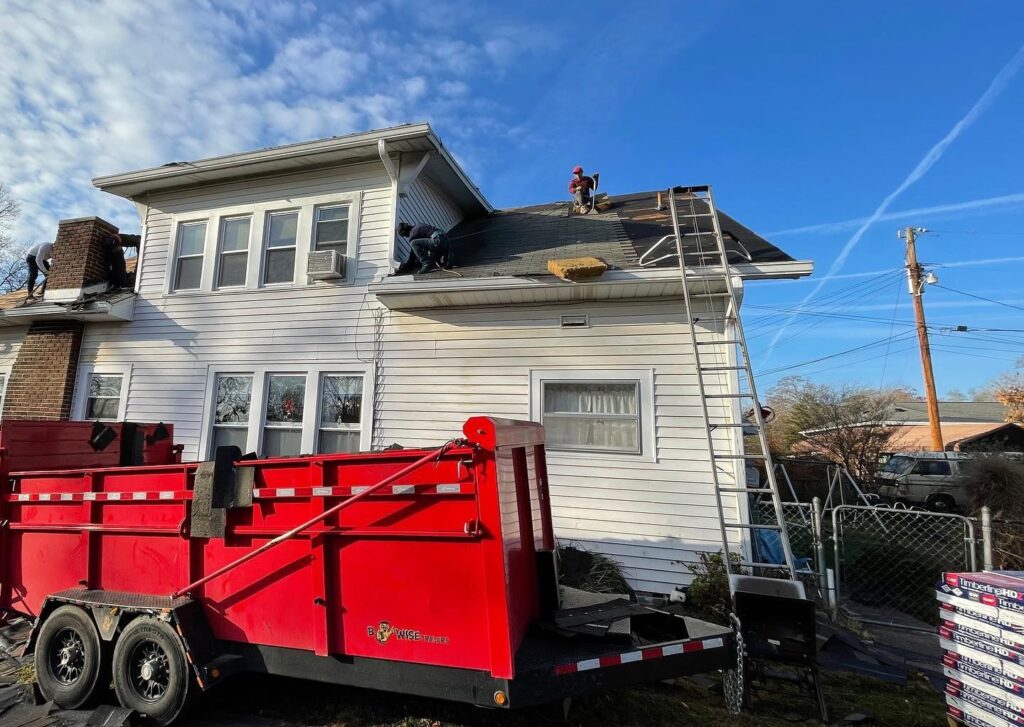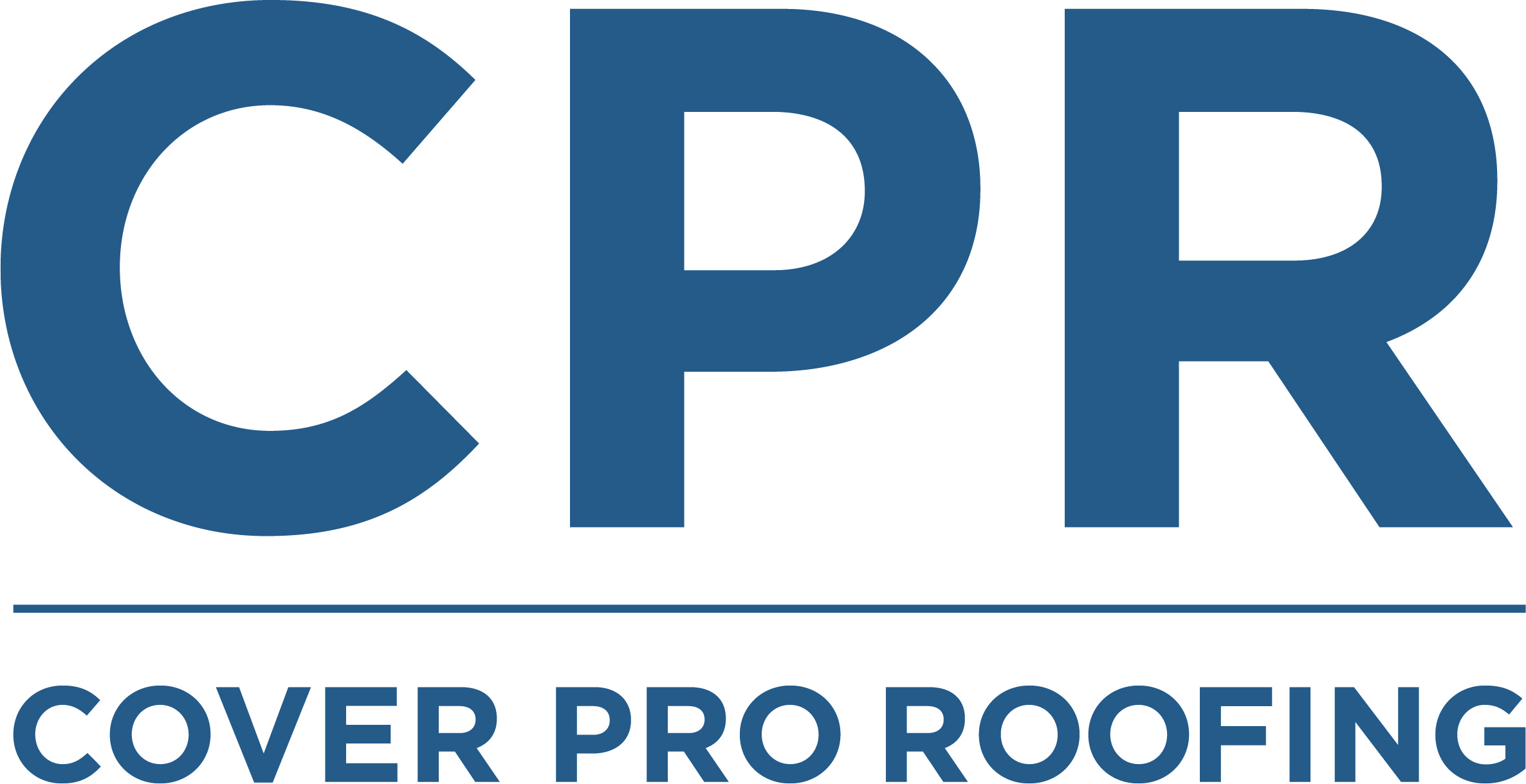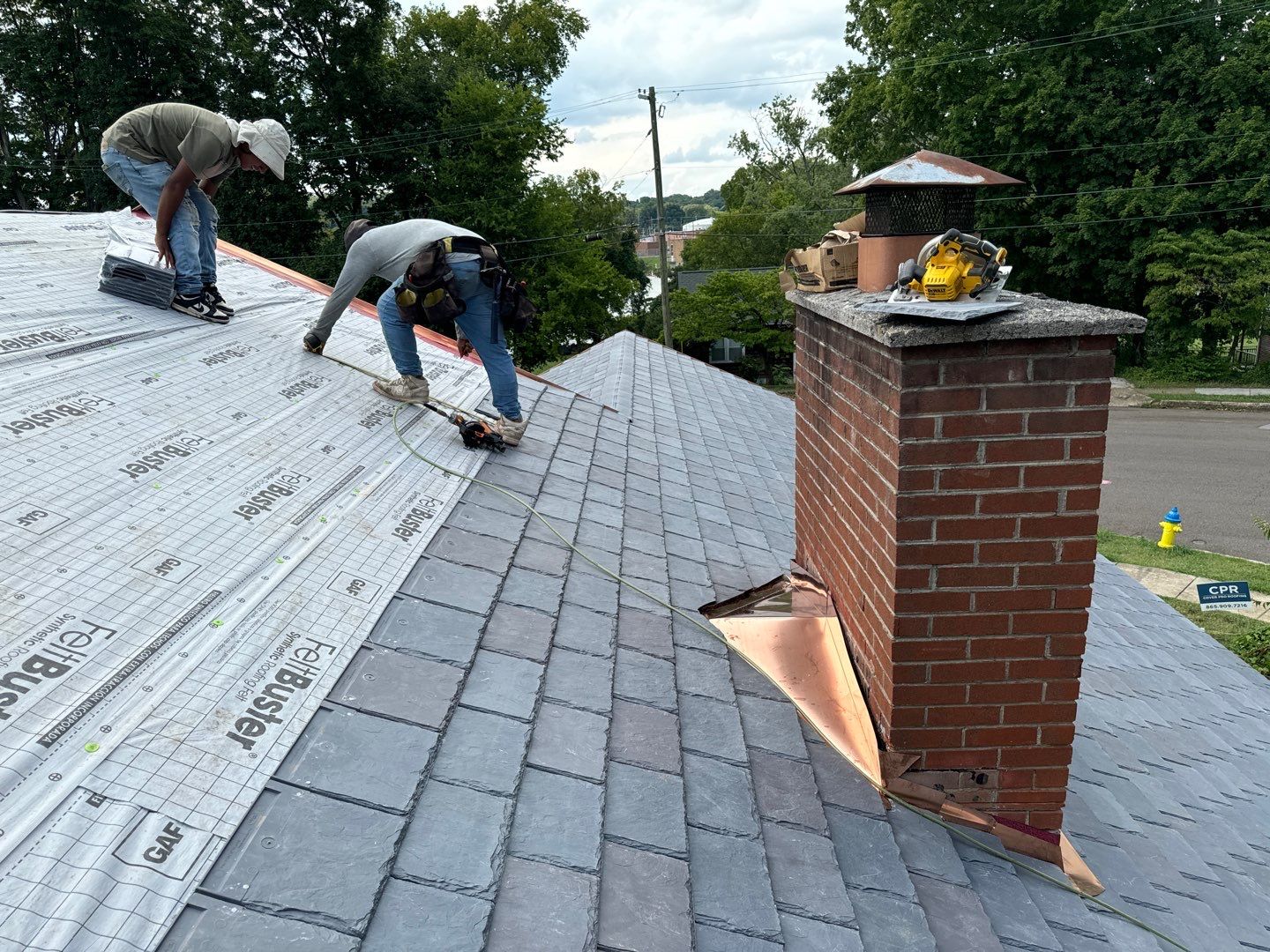The popular solution for an easy and inexpensive roofing solution. Whether you are facing a new project or need a quick fix for a roof that requires attention, learning about what is rolled roofing and how it works can save you money and time. Here is your guide to everything rolled roofing, as you want to know about them – their types, materials, installation process, and maintenance.
Discover if you need repair or replacement
Understanding Rolled Roofing
So, what is rolled roofing? Rolled roofing is a continuous or rolled roofing material designed for rapid installation on low-sloped roofs. These materials are prefabricated to enable faster roofing, which is also a budget option versus asphalt shingles and metal roofing. The sheathing is usually sold in rolls up to 36 feet long and approximately 36 inches wide, making it a cost-effective roofing option for sheds, garages, and other outbuildings.
Compared to typical kinds of roofing materials, rolled roofing is basic in application, so it is frequently utilized by enthusiasts as well as professional roofing contractors. But its simplicity doesn’t give it a pass on diversity — certain types of rolled roofing material are designed for specific purposes.
Types of Rolled Roofing
Being familiar with the roofing types and what rolled roofing material is important to selecting the right material for your project. The most common of those are:
- Asphalt: This is the most common and the most affordable type, which is also fairly easy to install. This is often used on garage and shed roofs.
- Bitumen Roofing has mineral-surfaced roofing: This type of other roofing material is coated with minerals to prevent UV rays and tough weather conditions.
- Rubber Rolled Roofing: A choice that is more flexible and environmentally friendly because it is made from recycled rubber materials. It’s perfect for flat or slightly sloped roofs.
- EPDM (Ethylene Propylene Diene Monomer): This synthetic rubber-based material is most recognized in commercial applications for its longevity and ability to withstand extreme environmental conditions.
- Modified Bitumen Roofing — Though not a true rolled roofing product, it is often grouped in this category due to similar applications. It has to be more durable, too, so if you want something that will hold up for longer, it is a nice option to have.
Discover how weather affects different roofing materials
Understand climate impact on roofing choices

Rolled Roofing Materials
What is rolled roofing made of? The type of rolled roofing you utilize will dictate the materials used, though frequent components consist of:
Asphalt roll roofing:
- This is found in many other residential roofing materials and provides waterproofing and durability.
Foundational Layer — Fiberglass or Felt:
- This layer is a strong material that holds together the asphalt and helps your roof lifespan last longer.
Granules or Mineral Surfacing:
- Added for durability and UV ray protection.
Rubber or Polymer:
- More modern types, such as EPDM, can be used; these add flexibility and sustainability.
The Installation Process for Rolled Roofing
While some roofing installations can seem complicated, rolled roofing makes the pile much easier. Here’s how it’s done:
- What prep is needed before installing rolled roofing? First, ensure the roof is clean, dry, and free of any debris. Fix any damage and use a base coat or primer if necessary.
- Measure & Cut: Measure your roof and cut the rolled roofing material accordingly. If you do, leave a little bit of overlap around the edges (so the tape hangs over) to help make it waterproof roofing.
- Use Adhesive or Nails: Some roofing systems require roofing nails, while others require an adhesive to secure them. Start at the bottom edge of the roof and move upward.
- Apply Extra Sealant: Apply more roofing cement along the seams and edges to ensure they are waterproof barrier roofing projects.
- Inspect: Look for any gaps, bubbles, or improperly sealed areas to make sure the roof protection system is secure and weatherproof.
Comparing Rolled Roofing with Modified Bitumen
What is the difference between rolled roofing and modified bitumen? Both of these roofing types are used for low-slope roofs, but the main differences are in durability and application. Modified bitumen roofs are thicker, sometimes with multiple layers, and more durable against bad weather. In contrast, rolled roofing is much easier and quicker to install, though this can come at the expense of longevity.
Rolled roofing certainly takes the lead for cost-effective roofing if you are doing the project on a budget. But it’s modified bitumen for long-term roofing durability.
Choosing the Best Rolled Roofing for Your Project
What is the best-rolled roofing? The answer varies depending on your needs. For those who want to keep costs down, asphalt rolled roofing is a good choice. If your project has an eco-friendly angle, opt for rubber or EPDM materials. Make the best decision by considering the climate, the slope of the roof, and the use of the structure.
Alternative Names for Rolled Roofing
What is rolled roofing called? You might hear it called one of the following:
- Rolled asphalt roofing
- Mineral-surfaced roll roofing
- Rolled composition roofing
These terms are often used interchangeably but can suggest slight differences based on material or application.
Preparing Your Roof for Installation
Preparation is the key to success in letting the impeller be installed properly. Make sure your roof is ready before applying rolled roofing material:
- Cleaning: This involves clearing away any debris, dirt, or old roofing materials.
- Dry: Moisture threatens adhesion and creates leaks.
- Smoothing: Fill all cracks or holes and perform any other work to achieve an even surface.
These processes maximize the efficiency of sustainable roofing options and help extend its life.
Maintenance and Longevity of Rolled Roofing
Roofing maintenance tips for rolled roofing:
- Frequent checkups: After heavy rain, snow, or high winds, be sure to inspect for damage.
- Clear the Surface: Clear away debris and ensure gutters are unobstructed to avoid pooling water.
- Patch Cracks: Quickly patch minor cracks or tears with roofing cement.
Signs it needs repair or replacement:
- Limited Lifespan: Visible cracks, bubbles, or tears are signs of wear.
- Leaks: Water stains on interior ceilings or walls indicate the roof needs attention.
- Age: A roof is typically at the end of its life (say 5-10 years out) if it needs a replacement.

Conclusion
For many low-slope roofing types, rolled roofing is an inexpensive, low-maintenance option. Now that you are aware of its types, materials, and installation process, you can ponder everything and choose according to your requirements. Proper roofing maintenance can keep your waterproof roofing in good condition for longer, so it can be a good investment for your property. By using eco-friendly & energy-efficient roofing materials such as your asphalt roof, you’ll save money while enhancing the sustainability of your home.Ready to upgrade your roof with an affordable and efficient solution? Contact Cover Pro Roofing today for expert advice and professional rolled roofing installation in Knoxville, TN.



